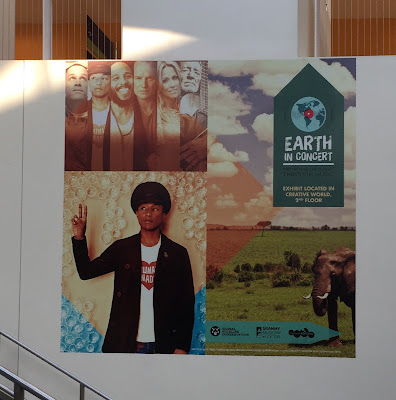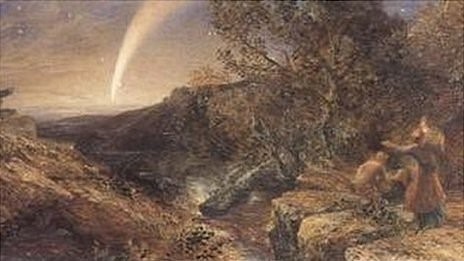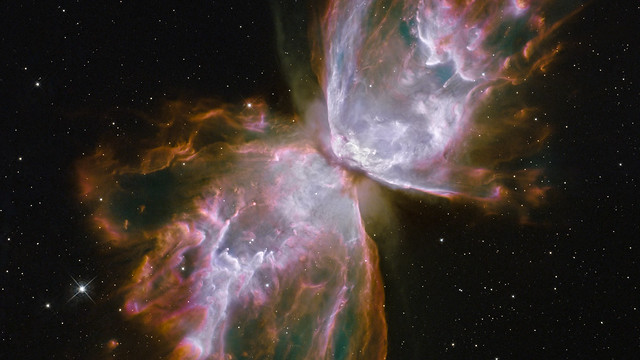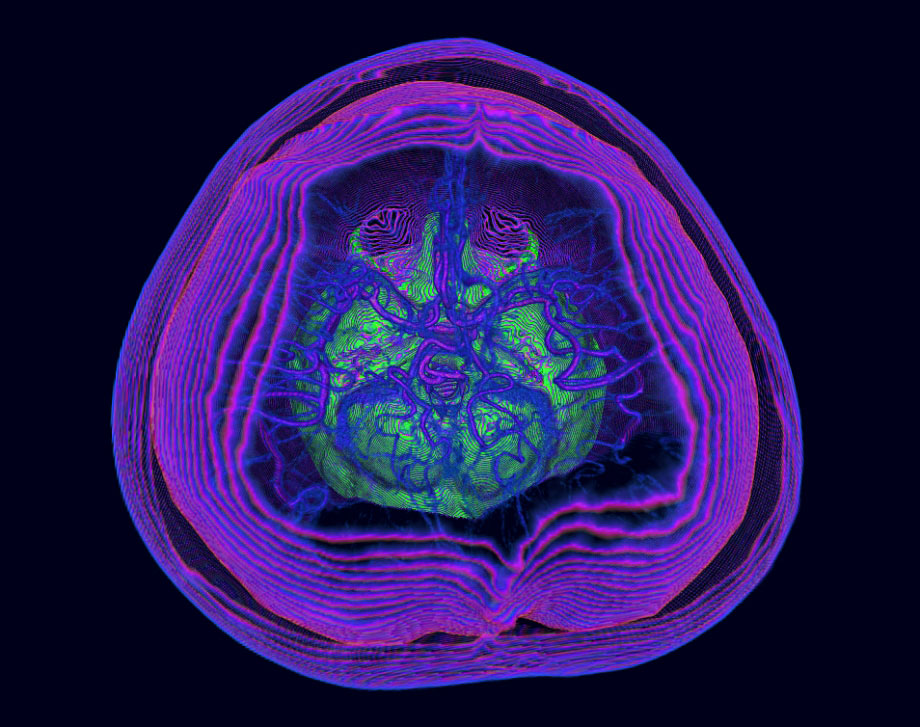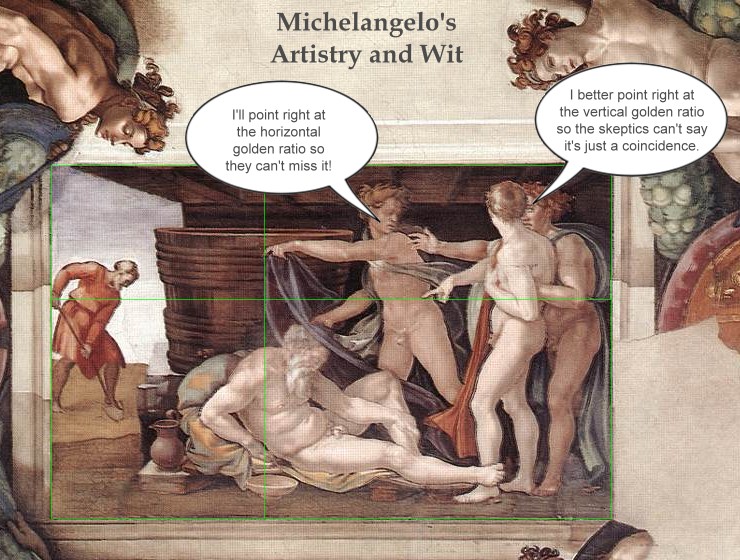On July 23, 2016, I attended the California Science Center in Exposition Park, Los Angeles. Though this museum is mainly focused on science and technology, I still found many elements that could be considered a blend with the art world.
Proof of attendance
Upon entering the museum, the first thing I noticed was the large poster along the escalator. It was advertising a new exhibit, "Earth in Concert: Protecting the Planet through Music", a campaign in which artists hope to raise awareness about important global issues through music. At the exhibit, visitors were encouraged to interact with the installations, creating compositions with sounds of nature and learning about the planet's biodiversity.
Poster advertising the Earth in Concert campaign and exhibit
In the Ecosystems section of the museum, there is a long wall of photographs by the entrance of the Global Zone. Each photograph represents a different topic of the ecosystems discussion: wildlife, water, waste, energy. The images show how each area interacts with the others and how the human world affects the entire planet's ecosystem. This photography is meant to bring awareness to the audience about the need to conserve resources and keep the planet clean.
Wall of photographs in the Global Zone
My favorite part of the California Science Center has always been the World of Life, exhibits dedicated to the human body. There is a show called 'BodyWorks' (similar to but not to be confused with Gunther Von Hagens's 'BodyWorlds') in which a 50-foot body simulator named Tess teaches the audience about human anatomy and body functions. The audience is able to see how the heart, lungs, brain, blood vessels, and body temperature are affected by exercise and activity. This show reminded me of the MedTech+Art unit and how artists and scientists alike use anatomy to learn more about the human body.
A clip from the BodyWorks show
Finally, I entered the special exhibition, "SUPER CELLS: The Power of Stem Cell". This area is mainly focused on showing visitors the topic of living things on the cell level. The section that struck me as the most amazing was the bright images of cells in different parts of the body. Again, I was reminded of the MedTech+Art unit as well as the Neuroscience+Art unit. These photographs did not seem like pictures of cells at first, thus giving me a whole new perspective on the topic.
Images of cellular tissue
I have always enjoyed going to the California Science Center because I learn something new with each visit. This time, with art in mind, I viewed the exhibits with a different perspective, trying to see the artistic potential in every installation. Some were more obviously connected to the art world, like "Earth in Concert"'s blend of music and science, while others were more subtle, like the stem cell photography. Overall, I was able to see how science can come together with art to teach and inspire the museum visitors.
Bibliography
California Science Center. 1998. Exhibit. Los Angeles. 23 July 2016.

